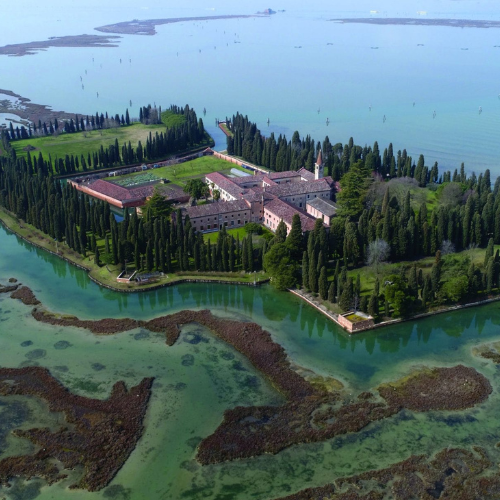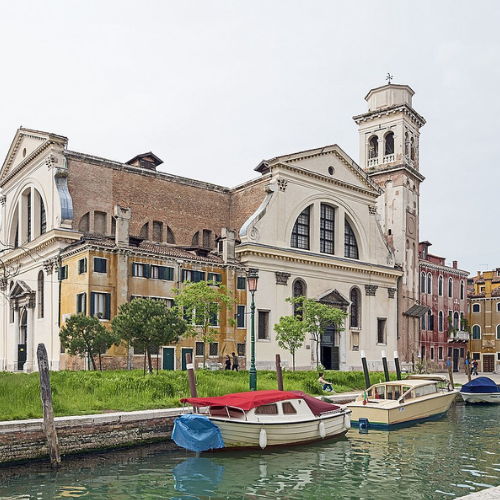
Venice is a city like no other in the world, built on an archipelago of about 118–119 small islands connected by canals and bridges. However, if we consider only the islands with proper names and historical significance, the lagoon includes around 60–70 islands, each with its own story and personality, capable of offering unique experiences to visitors.
Among the most famous islands is Venice itself, the vibrant heart of the city, with Piazza San Marco, the canals, and the Basilica that enchant millions of visitors every year. Murano is renowned worldwide for its glassmaking tradition, with its furnaces and workshops producing extraordinary works. Burano, with its colorful houses and handcrafted lace, offers picturesque views and a peaceful atmosphere perfect for walks and photography. Torcello, one of the oldest islands in the lagoon, preserves historic monuments such as the Basilica of Santa Maria Assunta, the Devil’s Bridge, and Attila’s Throne, witnesses of a fascinating past.
There are also quieter islands, equally charming. Giudecca, facing Piazza San Marco, offers spectacular views of the city and hosts the Church of the Redeemer designed by Palladio. Sant’Erasmo, known as “Venice’s garden,” is an agricultural island surrounded by greenery and away from mass tourism, while Mazzorbo, connected to Burano by a pedestrian bridge, surprises with its vineyards and the Church of Santa Caterina. La Certosa, once a monastery, is now a place of peace and tranquility, ideal for walks and reflection. San Giorgio Maggiore, with its famous basilica and panoramic view of the city, and San Francesco del Deserto, a small monastic islet accessible only by boat, complete this mosaic of beauty and spirituality.
The lagoon is also home to many other minor islands that preserve history and tradition: San Michele, known for its monumental cemetery where illustrious figures rest; San Servolo, a former psychiatric hospital now hosting cultural events; San Lazzaro degli Armeni, with its Armenian monastery accessible only via guided tour; and San Clemente, a private island with a luxury hotel, reachable exclusively by guests.
Exploring the islands of Venice means immersing oneself in a world rich in charm, history, and nature. Each island, large or small, tells a different story and allows visitors to discover hidden corners of the city that often escape the hurried tourist. The Venetian lagoon is a mosaic of cultures, traditions, and unique landscapes: getting to know its islands means experiencing Venice authentically, through art, nature, and spirituality, discovering an extraordinary heritage that makes this city truly one of a kind in the world.

